Extensions & Dimensions
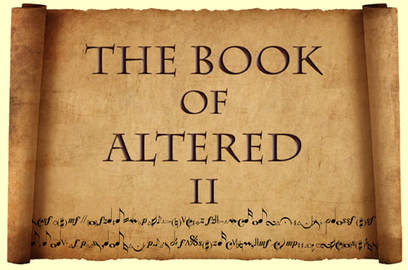
The “ACE” acronym, refers specifically to the ii-V7-i cadence in E minor, and is the only Melodic Minor grouping that actually spells a recognizable word. Note, however, that each grouping contains the letter names which make up a particular minor triad, with the final letter being that of the tonic minor key. This can be a useful shortcut in determining which pertinent Melodic Minor keys work together as “ACEs”.
Ex. 1
Ex. 2
Ex. 3
The Penta b6 is, as labeled, a Major Pentatonic with a flatted sixth degree (G-A-B-D-Eb) and falls under the category of “altered Pentatonic”. Since Melodic Minor is already an “altered” Major scale (with a flatted 3rd degree), a G Penta b6 is formed as follows:
G-A-B-C-D-Eb-F = C Melodic Minor (from its 5th scale degree) = G Pentatonic b6 (in bold). Eb is the note that has, in each case, been “altered”.
bVI7 = Ab7#11 = Eb Melodic Minor = Bb Pentatonic b6 (Bb-C-D-F-Gb) (7 9 #11 13)
V7 = G7alt = Ab Melodic Minor = Eb Pentatonic b6 (Eb-F-G-Bb-B).
As there are no “avoid notes” in Melodic Minor, all derived melodic and harmonic material is interchangeable within that particular Melodic Minor key. Unlike the Maj Pentatonic, which has no tritone, the resulting tritone contained in the Penta b6 allows it to work well on altered dominant chords (7 #9 b13).
Ex. 4
The I Maj7+5 chord (C-E-G#-B) is often used as a substitution for the more common tonic Maj7 or Maj7#11. In the case of the C Maj7+5 in the example below, its parent scale - A Melodic Minor - contains the #11 (F#), as well the +5.
Ex. 5








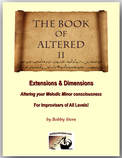
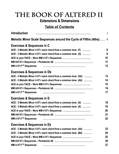
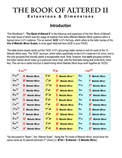
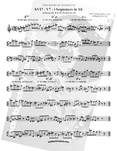
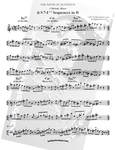

 RSS Feed
RSS Feed









